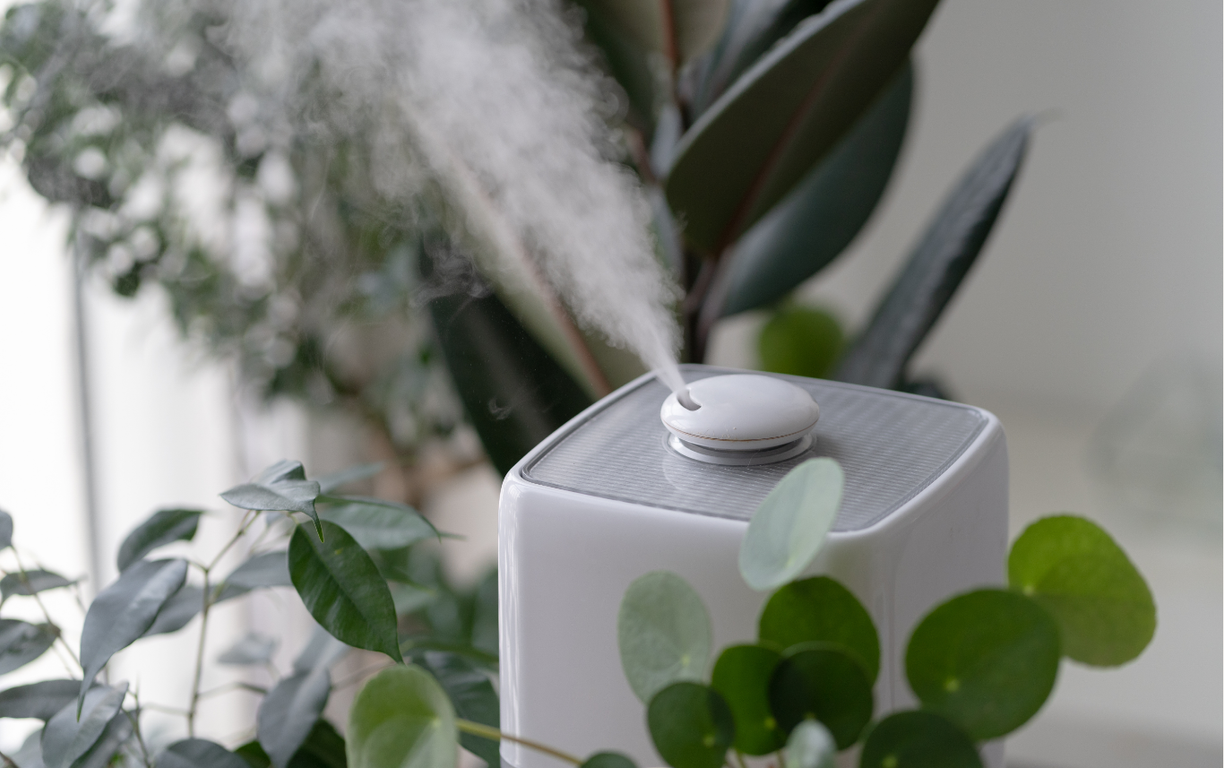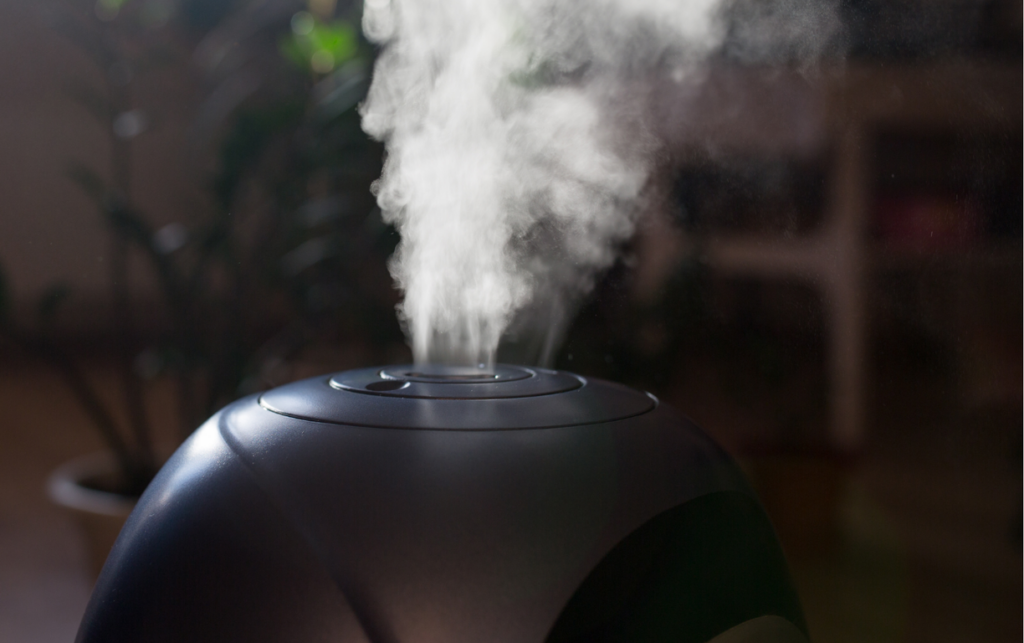Physical Address
304 North Cardinal St.
Dorchester Center, MA 02124
Physical Address
304 North Cardinal St.
Dorchester Center, MA 02124

When it comes to creating a comfortable living environment, many of us find ourselves torn between humidifiers and air purifiers. Both devices promise to enhance air quality, but their functions and benefits differ significantly. I’ve often wondered which one truly reigns supreme in improving our indoor air.
Humidifiers add moisture to the air, combating dryness that can lead to health issues like
When it comes to creating a comfortable living environment, many of us find ourselves torn between humidifiers and air purifiers. Both devices promise to enhance air quality, but their functions and benefits differ significantly. I’ve often wondered which one truly reigns supreme in improving our indoor air.
Humidifiers add moisture to the air, combating dryness that can lead to health issues like dry skin and respiratory problems. On the other hand, air purifiers work to remove pollutants, allergens, and toxins, ensuring the air we breathe is clean and fresh. As I explore this topic, I’ll dive into the key differences and help you determine which device might be the better choice for your needs.

Humidifiers play a crucial role in enhancing indoor air quality by adding moisture to the air. This added humidity helps alleviate dryness, improving comfort and health.
Air purifiers focus on enhancing indoor air quality by eliminating pollutants and allergens. Understanding the different types and benefits of air purifiers helps me choose the right one for my needs.
HEPA Air Purifiers:
HEPA (High-Efficiency Particulate Air) purifiers capture 99.97% of particles, including dust mites and pet dander.
Activated Carbon Air Purifiers:
Activated carbon purifiers use charcoal to absorb odors and volatile organic compounds (VOCs), providing fresh-smelling air.
Ultraviolet (UV) Air Purifiers:
UV purifiers use ultraviolet light to kill bacteria and viruses, making them effective for reducing biological contaminants.
Ionizer Air Purifiers:
Ionizers emit negatively charged ions that attach to particles, causing them to clump together and fall out of the air.
Ozone Generators:
Ozone generators produce ozone to neutralize odors but can negatively affect health if used excessively.
Allergen Removal:
Air purifiers significantly reduce allergens, including pollen, making homes more comfortable for allergy sufferers.
Odor Elimination:
Air purifiers effectively neutralize smoke, pets, and cooking odors, enhancing overall indoor comfort.
Health Improvement:
Regular use of air purifiers lowers the incidence of respiratory problems by reducing airborne pollutants.
Cleaner Air:
Air purifiers ensure purer indoor air by filtering out particulate matter and chemicals, promoting better health for all occupants.
Sleep Quality:
Improved air quality from purifiers contributes to better sleep by minimizing irritants that disrupt rest.
Both humidifiers and air purifiers play essential roles in enhancing indoor air quality, but they operate differently. Understanding their effectiveness and impact can help in choosing the right device for specific needs.
Humidifiers effectively combat dryness by adding moisture to the air, which can alleviate discomfort caused by dry skin, sinus irritation, and respiratory issues. Some studies indicate that maintaining an indoor humidity level between 30% and 50% can reduce the likelihood of viruses spreading and improve overall comfort.
Air purifiers excel in removing pollutants, allergens, and irritants from the air. HEPA air purifiers can capture up to 99.97% of particles as small as 0.3 microns. For example, pollen, pet dander, and dust mites can significantly affect allergy sufferers, and air purifiers effectively reduce these allergens, providing cleaner air.
Humidifiers improve health by promoting better respiratory function and hydration. I find that during winter months, using a humidifier can minimize coughing and enhance sleep quality. The added moisture benefits skin hydration, reducing irritation and dryness that often accompany cold weather.
Air purifiers contribute to health by lowering the risk of respiratory distress. Reducing airborne allergens and harmful particles results in clearer, healthier air. Improved air quality may lead to better sleep, as fewer irritants in the environment create a more comfortable sleeping space. For individuals with asthma or allergies, air purifiers serve as an essential tool for managing symptoms and overall wellness.
Understanding when to use humidifiers and air purifiers helps maximize their benefits for indoor air quality.
Humidifiers shine in dry conditions. I find them essential during winter or in arid climates, where low humidity levels lead to dry skin, irritated airways, and increased susceptibility to viruses. When the humidity level drops below 30%, it’s beneficial to turn on a humidifier. These devices also provide relief from allergy symptoms caused by dry air and support comfortable breathing, particularly for individuals with asthma. Hydrating the air can improve overall indoor comfort and health.
Air purifiers are ideal when airborne pollutants and allergens become a concern. If I notice increased dust, pollen, smoke, or pet dander in my living space, an air purifier is the optimal choice. They excel during allergy seasons or when pollutants from cooking or cleaning products are present. Keeping windows closed in polluted urban areas also necessitates using an air purifier to ensure cleaner air. For best results, I recommend running the air purifier continuously, particularly in bedrooms and living areas, to maintain a healthier breathing environment.
Choosing between a humidifier and an air purifier really depends on your specific needs. If you’re struggling with dry air that’s causing discomfort or health issues humidifiers can be a game changer. On the other hand if you’re dealing with allergens or pollutants air purifiers can provide significant relief.
Both devices play vital roles in enhancing indoor air quality but they serve different purposes. Understanding what each device offers can help you create a healthier and more comfortable living environment. Ultimately it’s about finding the right balance for your home and lifestyle.